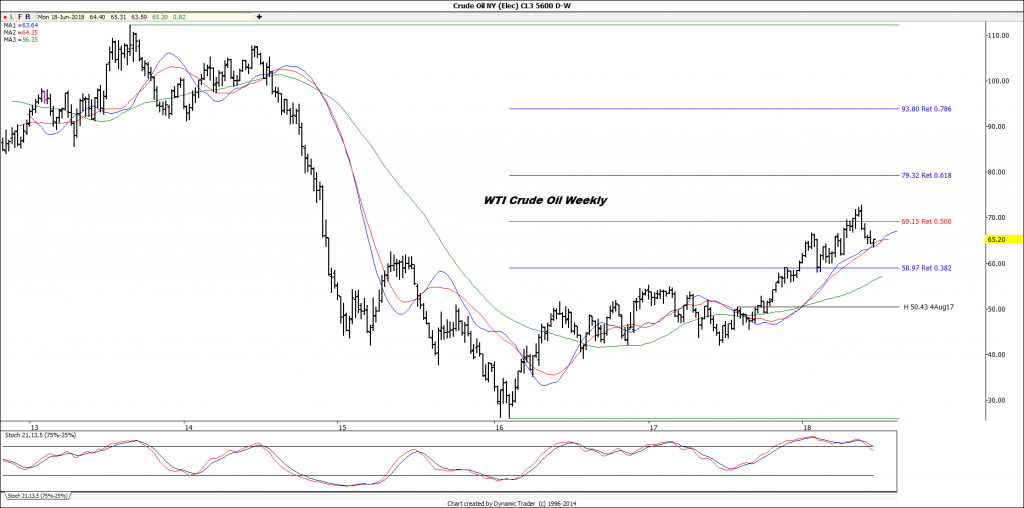By: Dan Hueber –
It is a relatively safe bet without even looking at the screen to think it is probably not going to be a cheery morning, for ag markets at least, when the only news that appears to be circulating is that China will be implementing retaliatory tariffs on US soybeans as of July 6th. Granted, none of this, beginning with the trade sanctions officially announced by the White House on Friday and these ripple retaliation effects come as a surprise, but it would appear that the official acknowledgement of the moves had the effect of pounding the final nail in the coffin of the few living bulls. R.I.P. It is correct and should not be forgotten that the aforementioned moves do not take effect for weeks and may never, and that also on Friday, Ag Secretary Perdue stated there will be “yet to be determined” tools put into place to assist the American farmers impacted by all of this, but realistically the market damage has been done and the fact that it coincided with a period of good growing weather in most of the Midwest, intensified the market losses. Do recognize that China drastically needs to reform the way it conducts international trade and the United States will have many an ally in pushing for this to happen, assuming we do not alienate them. That said, history has taught us time and again that waging trade wars with tariffs is not an effective way to engage in the battle. The title of one article I read over the weekend seemed to hit the nail on the head, “Right target, wrong approach.”
Soybeans were not the only market identified for tariffs by China last week as imports of US Crude also made the hit list. Many do not think of US crude exports as beginning in the 1975 at the height of the oil crisis, congress passed the 1975 Energy and Conservation Act, which in effect banned the exports of crude from this country. This remained in effect until December 2015 when it was finally lifted. Over the past two years, the export of US Crude to China has grown steadily and today is approaching $1 billion per month. The crude market has not taken this news quite as harshly as the ag markets have but with OPEC and Russia set to meet in Vienna later this week to discuss possibly lift some of the production restrictions, we could be set for additional pressure in that market. As always, this is a two-edged sword for the ag world. Lower fuel prices provide lower operating expense, but it could also take away the anchor that helped lift general commodity prices higher over the past couple years.

More rains coming across the corn/bean belt this week should keep the psychological clouds formed overhead but gauging from the exodus of managed money last week, we should not have to worry about much more long liquidation. These traders sold 77,000 contracts of corn and are now long 36,000, 59,000 contracts of beans leaving them long just 13,000 and 1,000 wheat taking them down to a long position of 15,000. Granted, there is nothing to stop them from pushing over to the short side other than pollination risk in the weeks ahead.
The calendar looks a little sparse as well for now. Other than your basic crop conditions and export data, there is nothing market moving on the agenda until we reach the final acreage report set for the 29th of this month.